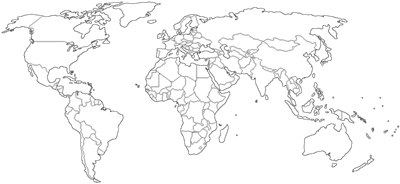|
Summary:
Expansion Of Buksefjorden Hydroelectric Power Plant, Greenland - Market Dialogue Country:
Greenland
Notice Type:
Procurement Plan Deadline:
25 Apr 2024 Posting Date:
26 Apr 2023 |

Most trusted source for Tendering Opportunities and Business Intelligence since 2002